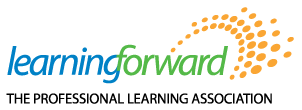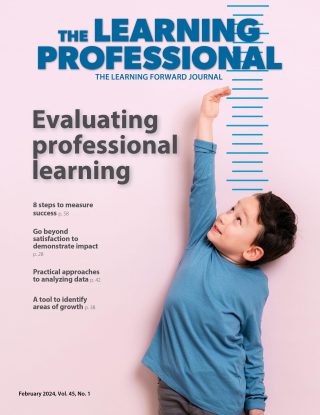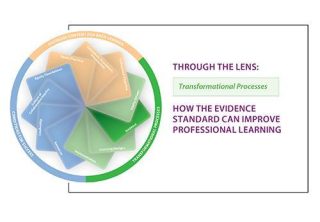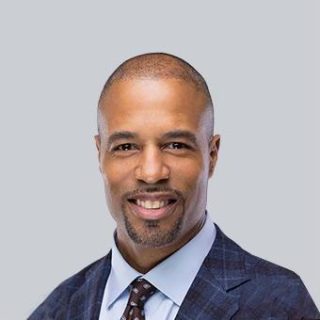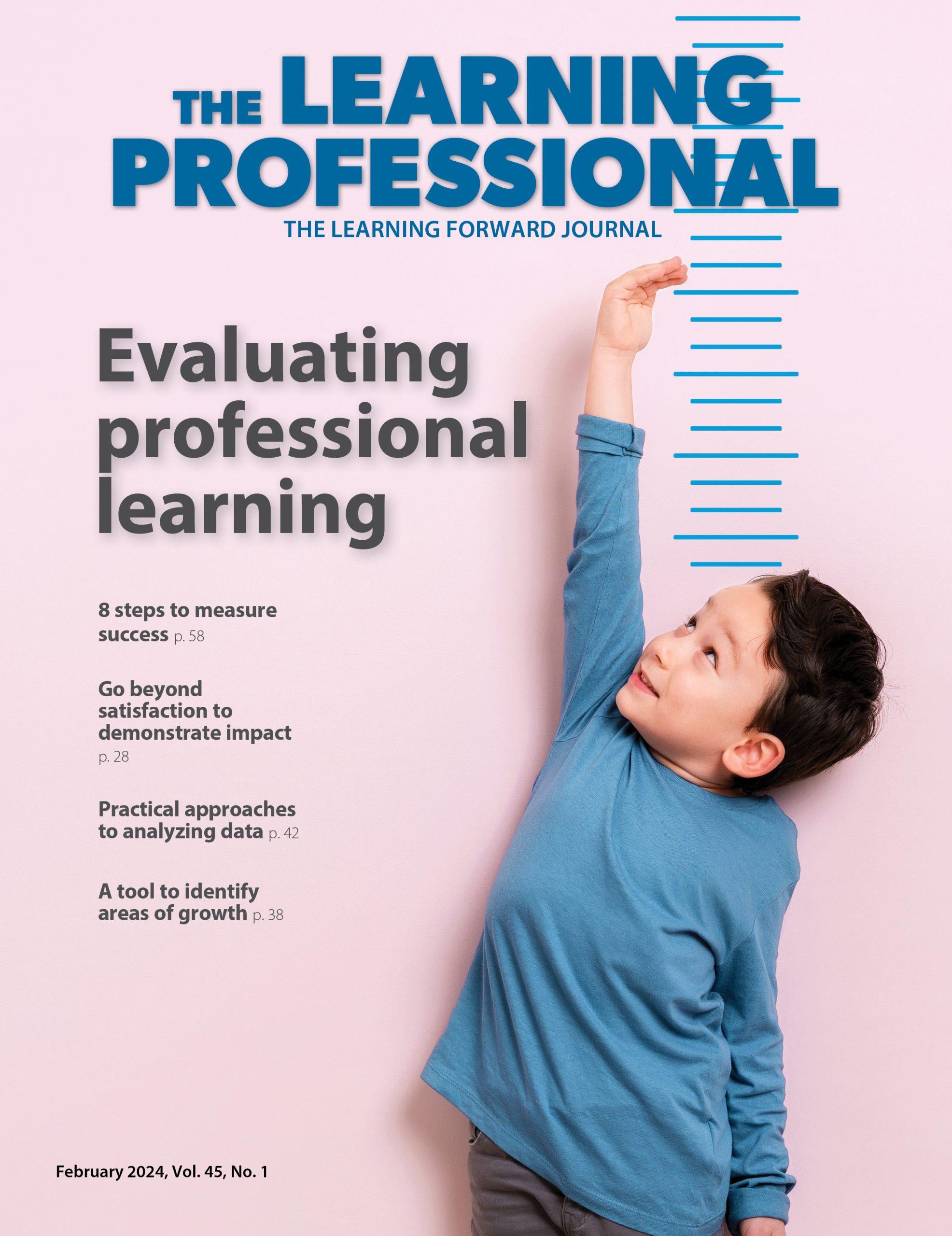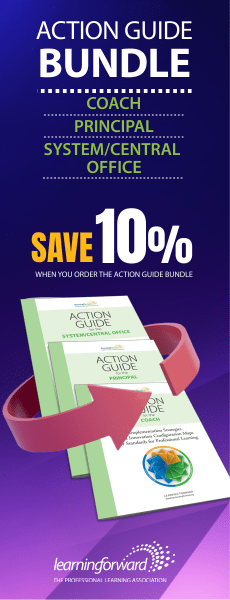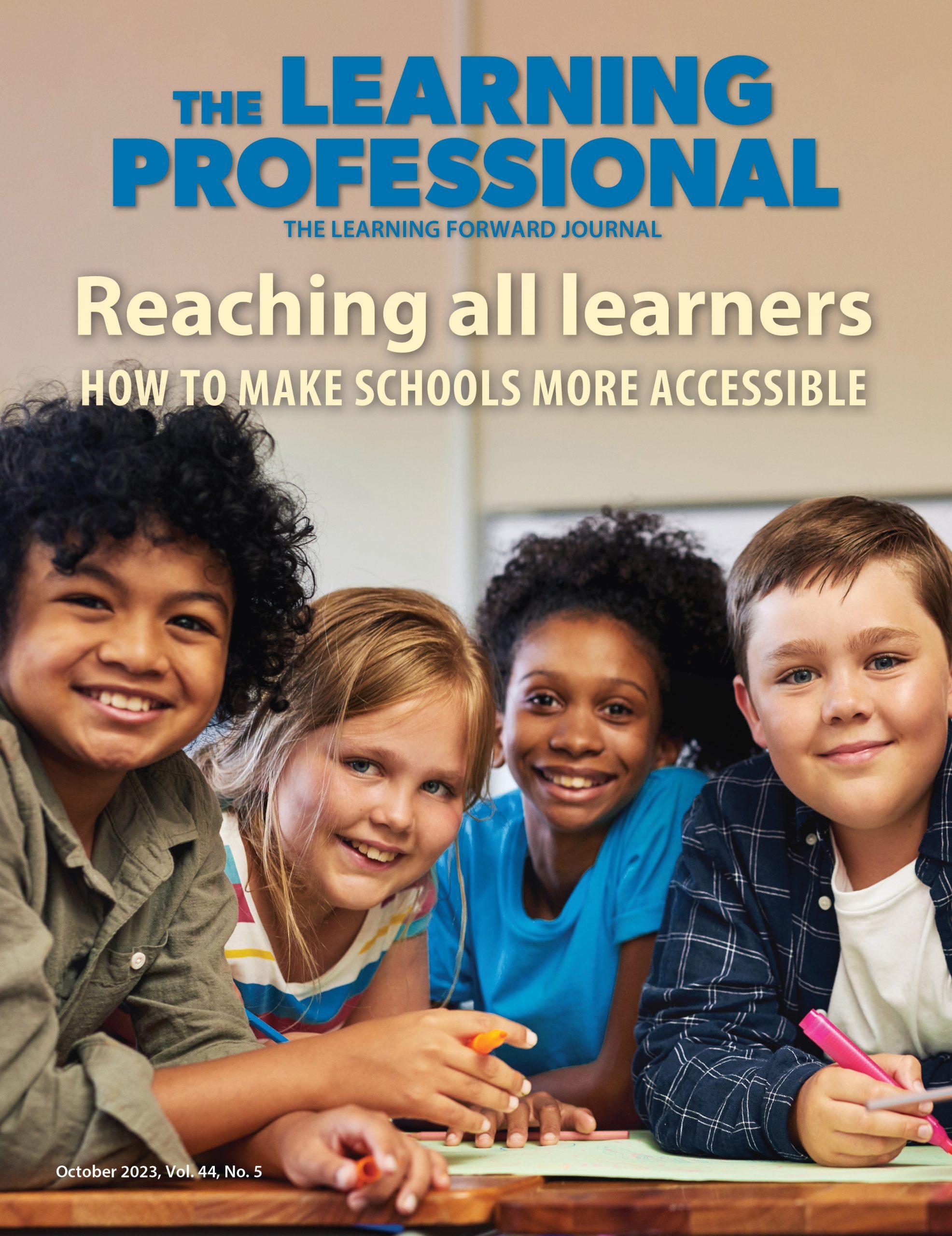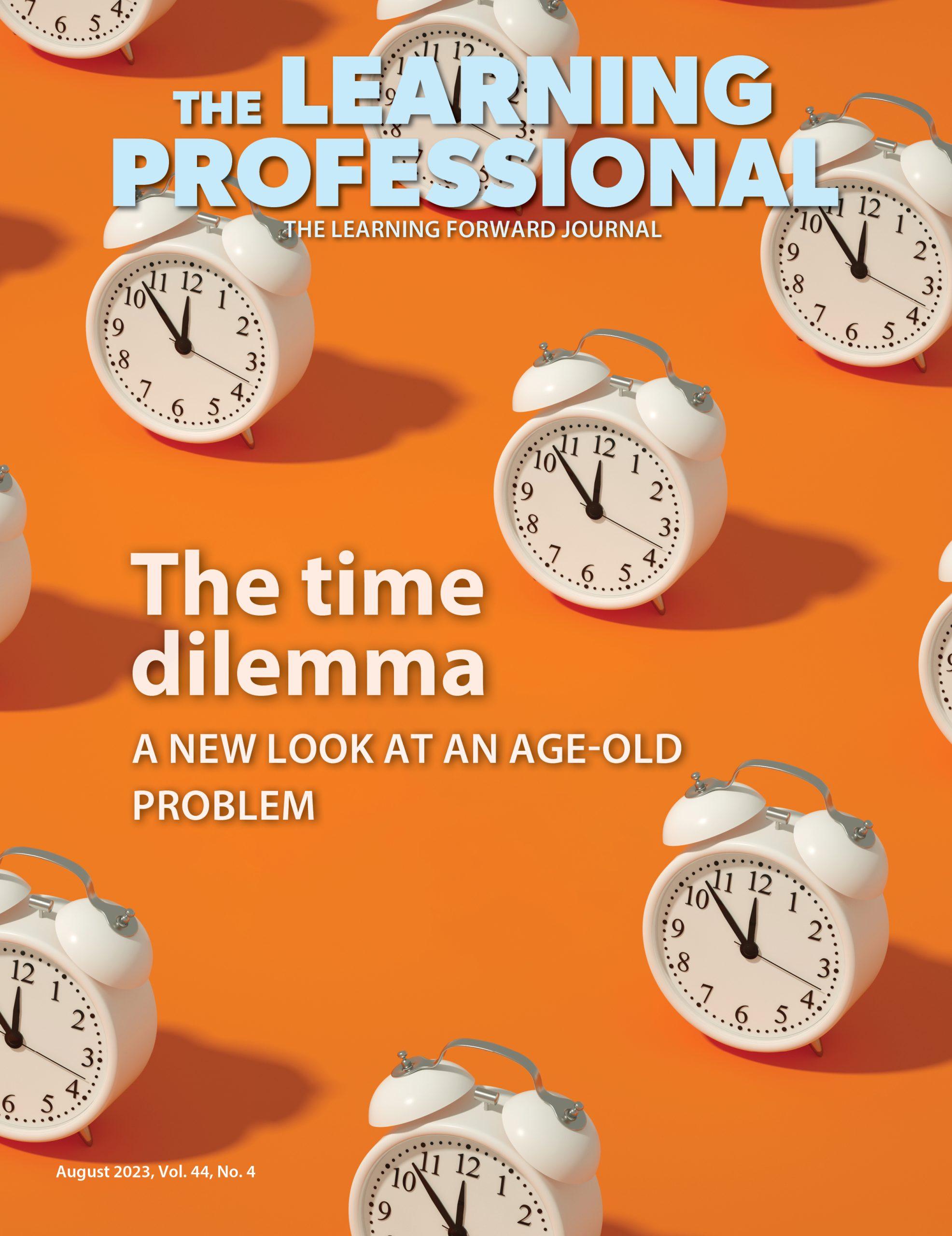CALL TO ACTION
New standards help us meet today’s challenges
By Denise Glyn Borders and Frederick Brown
Categories: Standards for Professional LearningJune 2022
When we embarked on the process of revising Standards for Professional Learning in 2019, we couldn’t have anticipated the challenges that educators, students, and all of us would be facing today. Although the timeliness of the standards is not an accident, the timing is fortuitous. As educators and students struggle to recover from the setbacks of the pandemic, high-quality, standards-aligned professional learning is the best — perhaps the only — way for educators to develop the knowledge and skills to accelerate learning and differentiate support to each student’s academic, social, and emotional needs.
Trends that have been exacerbated by the pandemic — including educational inequity, inadequate curriculum, lack of support for leaders and teachers, students’ and teachers’ stress and social and emotional needs, and racial division — drove every step of the standards’ development. We have added new standards to address those realities and challenges.
These new standards include the Curriculum, Instruction, and Assessment standard and the Professional Expertise standard, which outline critical knowledge and skills for every educator, and three new equity standards that outline steps to ensuring every child has access to engaging, relevant, grade-level instruction and culturally responsive, trauma-informed practice.
Among the barriers we must overcome today are high levels of teacher attrition and troubling teacher shortages, especially in areas like special education, where students have the most pronounced needs. High-quality professional learning is a tool for retaining teachers because it helps them address their current challenges and demonstrates an investment in their growth and future in the profession. Simultaneously, robust professional learning systems position leaders to support an influx of new and relatively inexperienced teachers, many of whom have emergency certifications and little training.
Those leaders also benefit from their own professional learning. Systems are losing principals, superintendents, and other leaders, in large part because of stress, conflict, and exhaustion. Professional learning is key to addressing those issues, and the standards can serve as a guide. For example, the Culture of Collaborative Inquiry standard reminds us that there is strength in shared learning and mutual support. In our work facilitating professional learning networks, principals often tell us that coming together in community with others in similar roles to share frustrations, explore strategies, and learn best practices buoys them and keeps them moving forward.
Despite all these benefits, many districts are cutting back on professional learning time because of busy schedules or even a belief that they are helping educators by taking one thing off the plate. This is a disservice to educators because it deprives them of vital learning that can help them address urgent problems of practice and ongoing sources of stress and dissatisfaction.
Standards for Professional Learning provide a clear rationale for prioritizing professional learning time, reminding us that educators’ learning is directly connected to students’ learning. And they encourage us to reflect on how much growth is possible, which we witnessed when the pandemic challenged us to learn new teaching methods with unprecedented speed and urgency.
In this time of intense polarization, when citizens are divided along ideological and political lines, one thing everyone can agree on is that every child deserves the highest-quality teaching. Every child deserves to have teachers who recognize their gifts and assets and how to build on them. Every child deserves teachers who understand their unique needs and how to meet them.
For that to happen, every educator needs the highest-quality professional learning. When implemented fully and well, Standards for Professional Learning build systems that deliver on the promise of growth for every educator and, therefore, every student. Because when teachers and leaders learn, students learn.
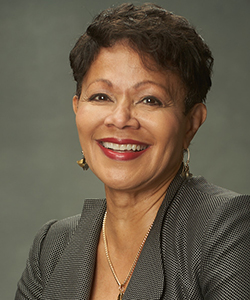
Denise Glyn Borders served as Learning Forward President and CEO from 2019 to 2022. Before that, she was president of SRI Education, a division at SRI International, where she led three centers – Learning and Development, Technology and Learning, and Education Policy. Previously, Borders was senior vice president and director of the U.S. Education and Workforce Development Group at FHI 360, a global human development organization with an evidence-based research approach.
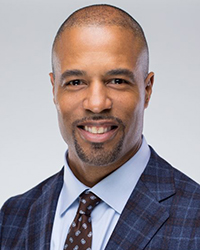
Frederick Brown is Learning Forward’s president | CEO. Fred is an education visionary who knows firsthand that our nation’s schools need transformational change if we are to meet the challenges of the next decades. Fred advocates that every child deserves to reach their highest potential and every educator must have the opportunity to participate in exemplary, ongoing, professional learning programs to provide students the skills needed to meet their unique needs.
Supporting educators at all levels and improving student achievement are through lines of Fred's career. An elementary school teacher, a middle school assistant principal, and school principal, Fred saw firsthand the impact high-leverage instructional practices and school culture have on school success.
Fred is a frequent speaker on leadership and building high-quality learning in schools. He has co-authored two books that have made significant contributions to the field of education, demonstrating how a comprehensive approach to professional learning can be achieved so that everyone in a system is a learner, and how principals apply a learning lens to their many critical responsibilities to create a productive climate for learning and collaboration. "Becoming a Learning System" and "The Learning Principal -- Becoming a Learning Leader" are time-tested Learning Forward resources for schools and leaders.
Categories: Standards for Professional Learning
Recent Issues
TAKING THE NEXT STEP
December 2023
Professional learning can open up new roles and challenges and help...
REACHING ALL LEARNERS
October 2023
Both special education and general education teachers need support to help...
THE TIME DILEMMA
August 2023
Prioritizing professional learning time is an investment in educators and...
ACCELERATING LEARNING
June 2023
Acceleration aims to ensure all students overcome learning gaps to do...
